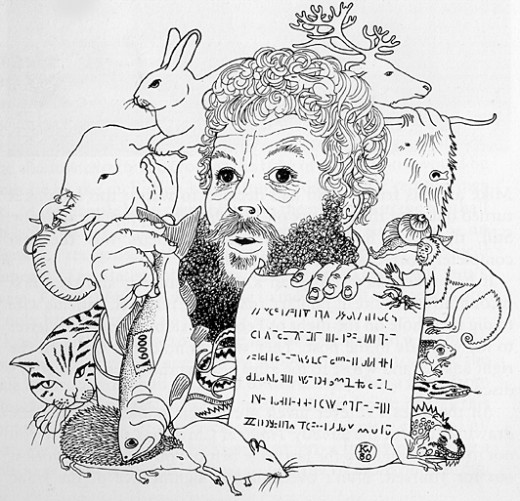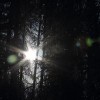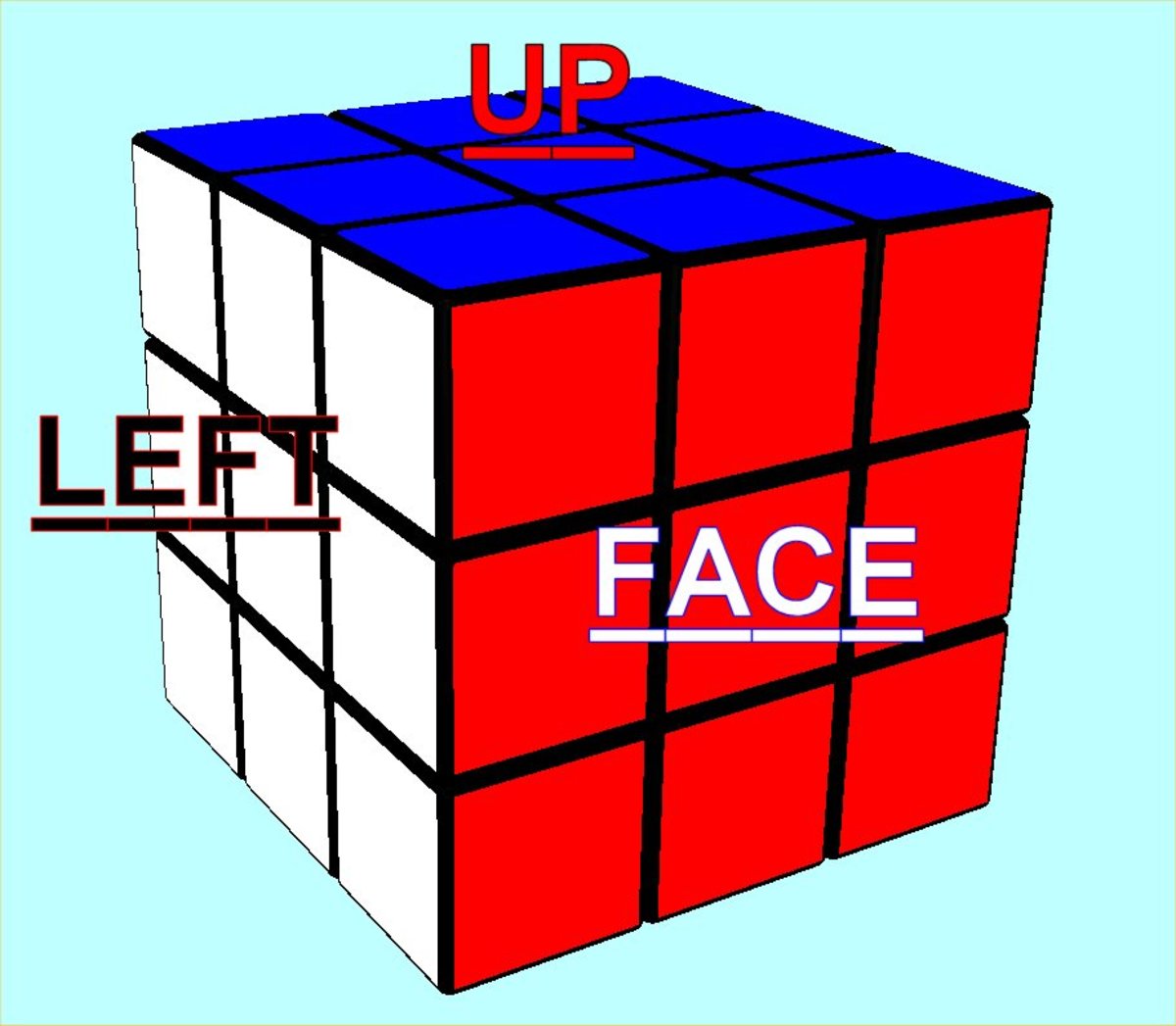Literary Puzzles: Beyond Puzzle Books
Puzzle Books
Puzzles challenge the mind in new and interesting ways. They have existed since the earliest days of civilization. Physical puzzles can be found at novelty stores, asking you to detach a pair of keys - then put them back together. Other puzzles can be solved mentally. You could be asked to find the one word out in a set of words.
When movable type and the printing press became popular, people began creating puzzle books. These books were loose collections of puzzles. Some of them had recurring characters or settings. Others were unrelated.

Puzzle books are useful if you just want to solve a series of math or logic puzzles, but sometimes those aren't enough. Thankfully, there are books with plots, characters, and puzzles. These stories may not be the most conventional books in the world, yet they provide immense value to their readers.
Thanks to Theo20185, LoisRyan13903, and Nolapete for their help in the research phase.
Pale Fire
Pale Fire is a book by Vladamir Nabokov. It is presented as a poem by a fictional author, John Shade. Shade said he would write a thousand line poem, but died before finishing it. His editor decides to take the incomplete poem from his grieving family. The poem appears to be an overview of the author's life. He describes the sorrows of his early years, his family's misfortune, his search for spirituality and his creative method. This poem was intended to be his masterpiece. It would have been, had Shade not been killed. Fans of Wordsworth's Prelude will recognize this concept.
The editor, Charles Kinbote, decides that this incomplete masterpiece should be seen by the world. He prepares a forward and some footnotes to go along with the poem. Those footnotes do not contain the information one would expect. Instead of serving as a guide to understanding the personal poem, they serve only to complicate things. Kinbote writes about his relationship with the deceased poet. He muses about the life of a Zemblan king removed from his throne, and where that king might be now. He also discusses at length the man who was sent to kill the former king.
The reader is expected to combine the poem and the footnotes in their mind. The puzzle is following the twisted trail of logic that lead to the creation of both. There are many debates regarding the meaning of the story. Some suggest there is meta-text in the story, while others think it's rambling. What is it in reality? You be the judge!
Where the hare was not.
Masquerade
Kit Williams wanted to write a children's book in the 1970s, so he did. It was entitled Masquerade. Each page was decorated with beautiful, complex paintings that parents and children could marvel at together. The story starred a hare who wanted to unite the sun and the moon, who were lovers. He travelled an extremely long way to deliver a note and a gift to the sun. He passed through a variety of colourful places. At the end of his journey, when he was waiting for the sun to meet the ocean, he realized he had lost the gift at some point.
On the book's back cover, there was a notice. The gift that the hare was supposed to bring the sun, a hare carved from gold, was shown above a notice stating the real treasure could be found somewhere in England. Clues hidden in the book could point readers to the location; Williams implied a child could solve the riddle. The day the book hit store shelves, people went treasure hunting. They dug up public and private property in an attempt to try to find that precious hare. Some areas were dug up so frequently that Williams paid for signs to inform people the hare was not in that location.
Of course, the treasure has been found. It was located by a man named Ken Thomas in 1982. Unfortunately, he didn't solve the riddle. The riddle was actually solved by other people Thomas had followed. They dug in the right area, but missed the box containing the hare.

A companion book to Masquerade, entitled The Quest for the Golden Hare, was released after the prize was found. It discussed the origin of the book, the chaos that followed its release, and the discovery of the sweet prize. What it did not explain was the solution to the puzzle. Nowadays, the two books are often packaged together because The Quest for the Golden Hare is a much smaller book than Masquerade. A paperback edition of the book was released with the answer in an afterword. The puzzle can still be solved today, and while the hare is no longer available to be caught, the answer can be easily found online, on Kit William's website. Rent a copy from your library and see what puzzles you can solve. In addition to the golden hare prize, there is a hare hidden on every page of the book and several secret words.
The Snickering of Snicket
Lemony Snicket is the author of A Series of Unfortunate Events and related works. He is a mysterious man, so little is known about him. It is known that he has worked in secret organizations, and is on the run from some of their members. A member of this organization killed the woman he loved, Beatrice. Snicket’s face has never appeared in a picture. The puzzle is decoding his life.
Snicket wrote a series of 13 novels called A Series of Unfortunate Events. It tells the tale of three orphans, Violet, Klaus, and Sunny, trying to survive while being pursued by the nefarious Count Olaf, who is related to them somehow. The children meet strange characters living in bizarre places; the most normal people appear to be a judge and a banker. Each of the novels include new concepts, new characters and new complexities to the story. After the publication of book five, the point at which Snicket was given a contract for the rest of the thirteen books, dozens of new ideas are included with each new book.

The thirteen Series of Unfortunate Events books were published, but there was more to come. A book of letters, The Beatrice Letters, an autobiography, Lemony Snicket: The Unauthorized Autobiography, and a series of three picture books. The picture books are in a series known as All the Wrong Questions. There are many other books that Snicket has released.
One of the few things we can assume about Snicket is that he is making most of his money from his books and merchandise. He has written over thirty books, at least a dozen box sets, as well as releasing a movie and a CD with the Gothic Archies (no, really).
Do you like Puzzle Books?
Penultimate Puzzles
Unfortunately, books with puzzles in them are rare. The general reader doesn't want to stop to figure out confounding riddles in the middle of their romantic drama. Editors may suggest puzzles are removed to broaden the book's audience. Some puzzles that remain may be hidden too deeply, and readers might not even notice they exist.
Not all books with puzzles share that fate. Each of the books listed above have sold millions of copies. They have all been called "remarkable" in their own way.
Despite the perceived unpopularity of these books, they have received plenty of praise. The first book in A Series of Unfortunate Events has 4.2 stars on Amazon. Pale Fire has 4.5 stars, and Masquerade's 1987 edition has 4.4 stars. There are still hundreds of people, if not thousands, that enjoy these obscure puzzle books.
On the off-chance I somehow missed a book in my research, put it in the comments. Thank you for reading, and keep in mind that words on a page may be more than they appear to be.
Eoyywi2 bfs ontlxvsi1f wt igj emnh aaffs dgainj, xc ?swsxv.



